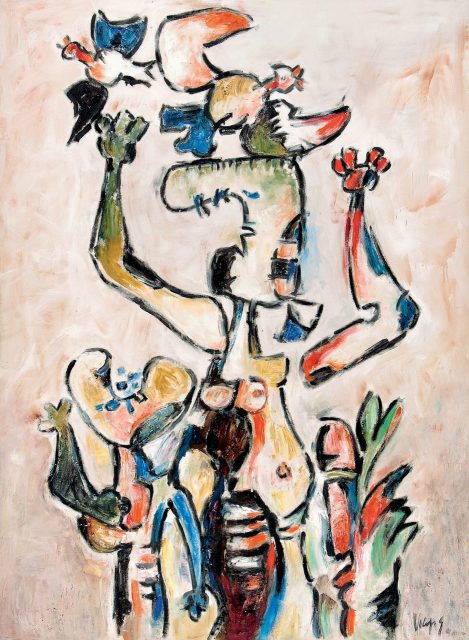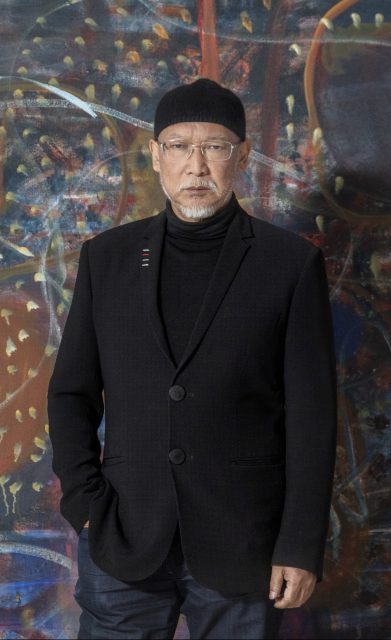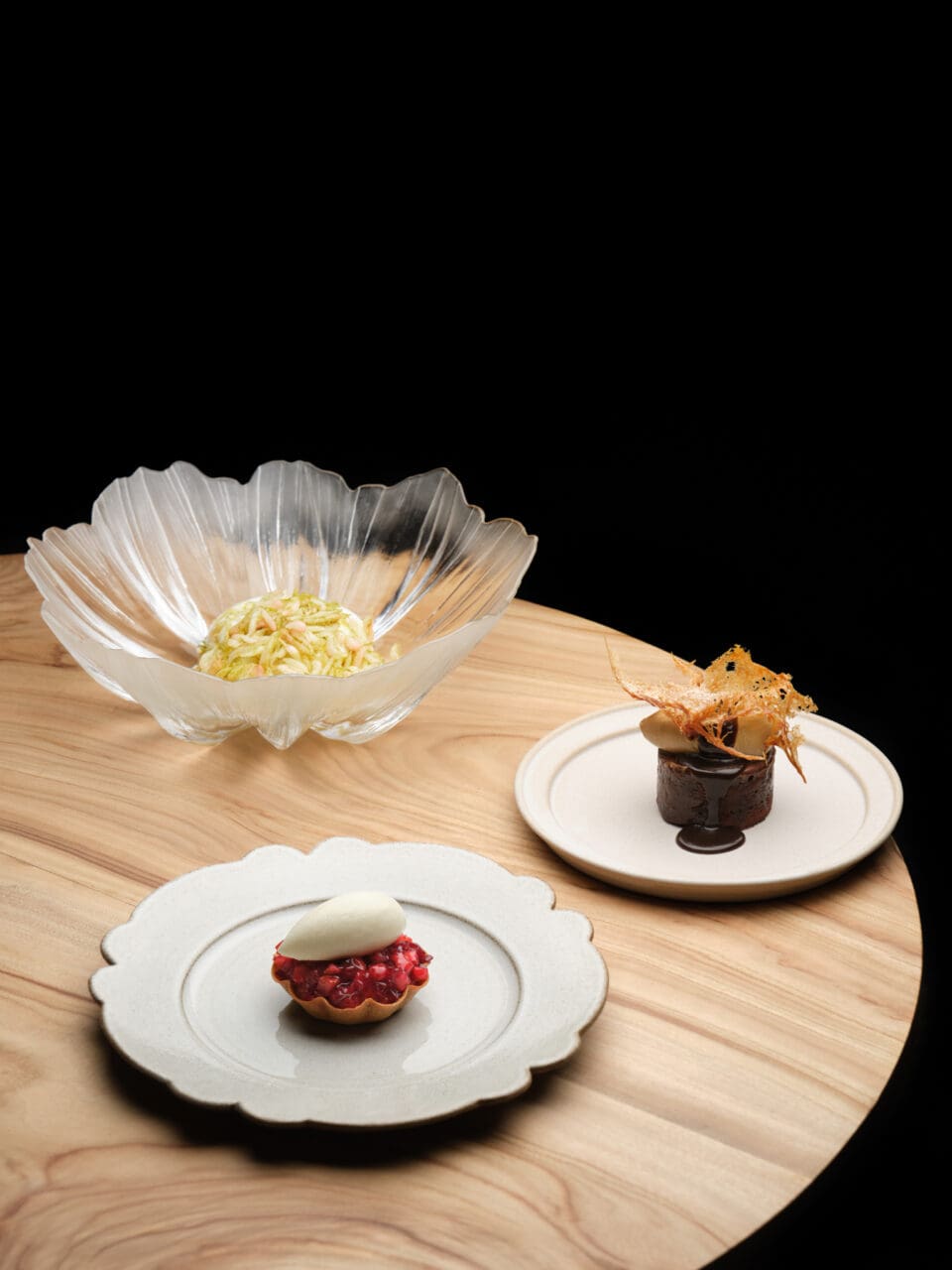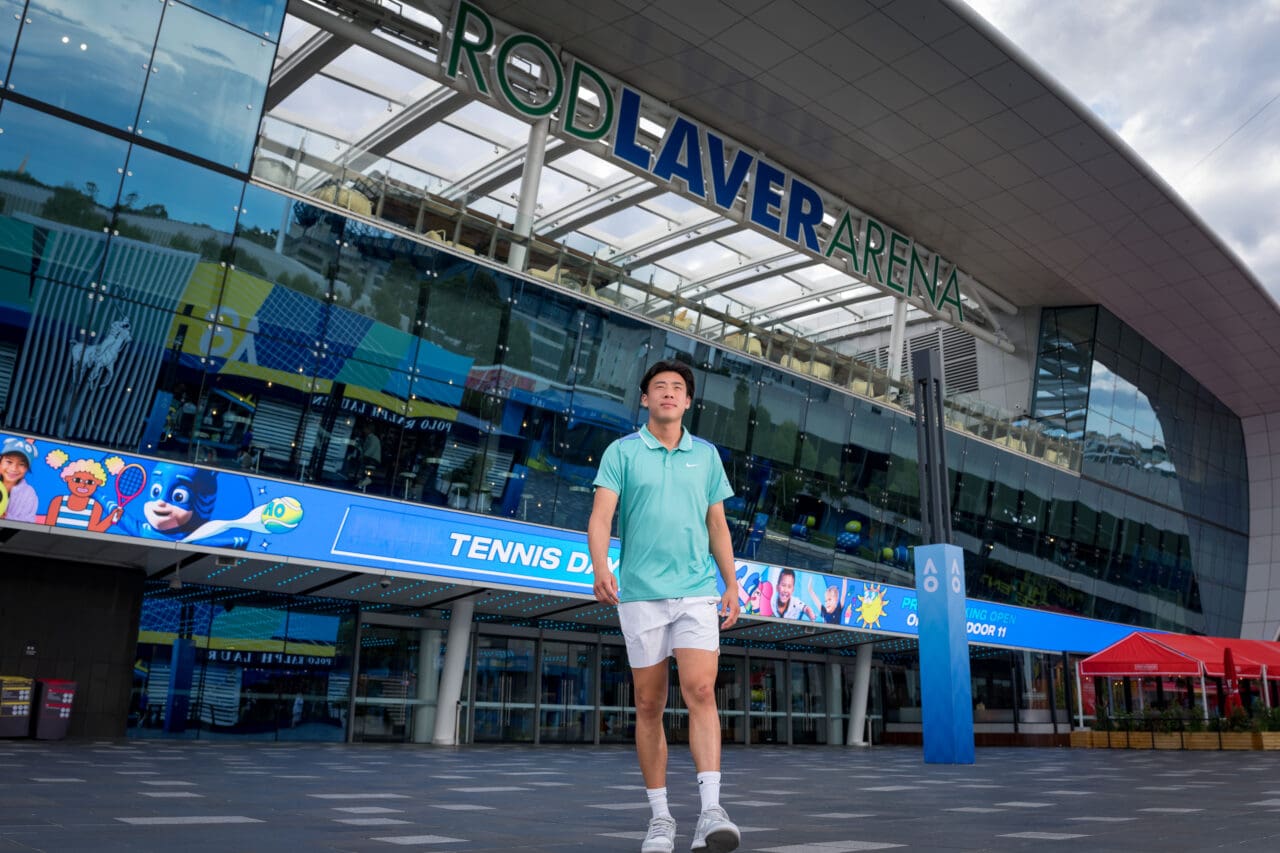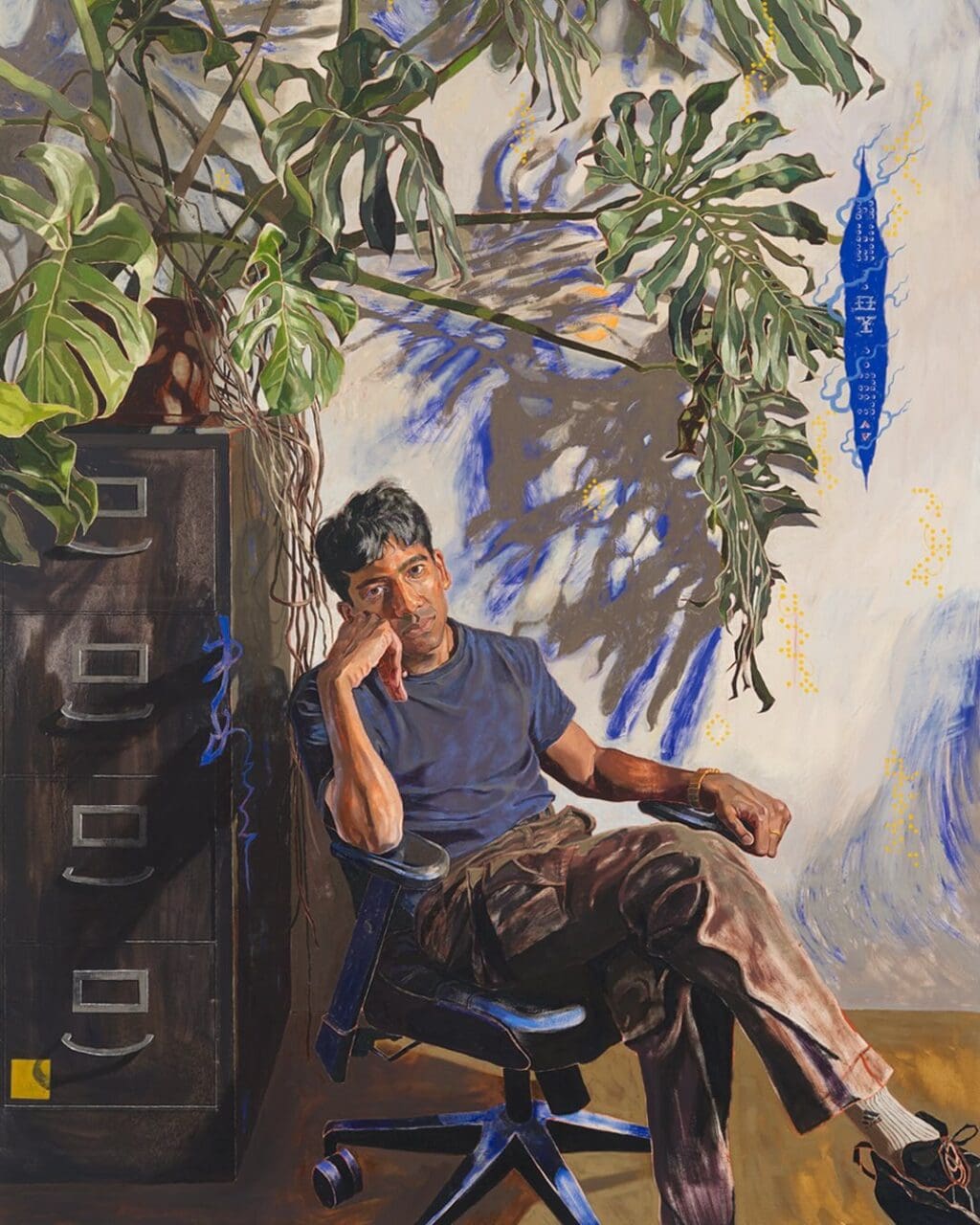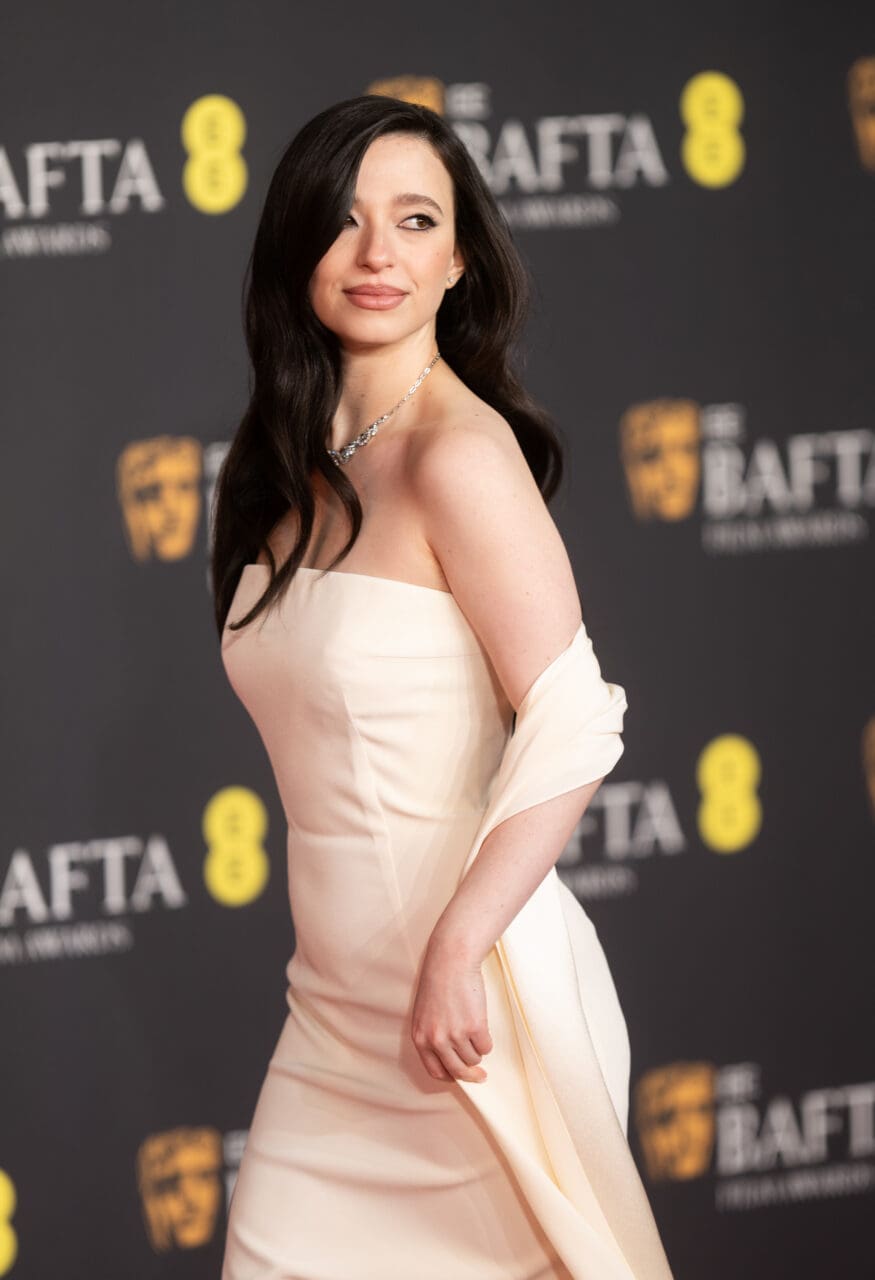Born in Hiroshima, Japan, Tokyo-based artist Fuyuhiko Takata will be presenting his solo exhibition at this year’s Art Basel in Hong Kong. Titled “Cut Pieces”, the exhibition will features his latest works, The Butterfly Dream (2022) and Cut Suits (2023). Through the integration of video into installation art, Takata invites us into his fantastical inner world, where he uses humour to address various issues of the patriarchy in contemporary Japan and beyond.

Fuyuhiko Takata, The Butterfly Dream, 2022, single channel video with sound, 4min.37sec.
© Fuyuhiko Takata, courtesy of the artist and WAITINGROOM
The Butterfly Dream draws inspiration from Yoko Ono’s work “Cut Piece” and a passage that comes from Zhuangzi, one of the foundational texts of Taoism that consists of short anecdotes and fables that paint a portrait of the ideal Taoist sage. Takata’s audiovisual work depicts a butterfly transformed into a pair of scissors, hacking away at the clothes of a young man who has fallen asleep — seemingly a depiction of breaking free from the shackles of masculinity.
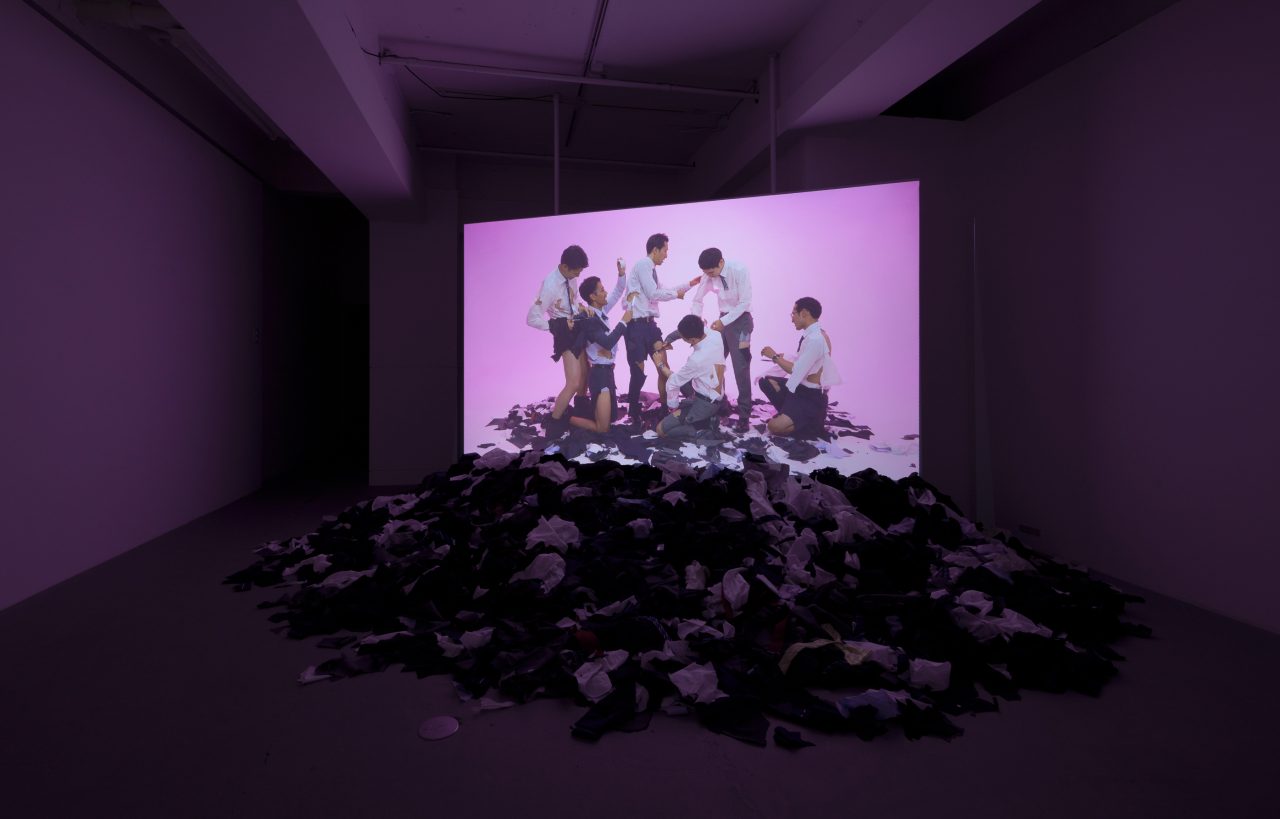
Fuyuhiko Takata, Cut Suits, 2023, installation view
© Fuyuhiko Takata, courtesy of the artist and WAITINGROOM
The artist further extends his exploration of masculinity into his second installation work in this exhibition, Cut Suits. As cheerful music plays in the background, a video of six business men show them scissoring away at each other’s suits, shirts, and ties. Void of violent undertones, the video is suggestive of a liberation from the representative image of Japanese corporate masculinity. In front of the screen lies a pile of discarded and fragmented clothing — a graveyard for the men’s transformation.
How does it feel to be presenting your artwork Cut Pieces (2023) at Art Basel Hong Kong 2024?
It is my first time to properly exhibit in Asia outside of Japan, so I am very much looking forward to seeing how my work will be received. In particular, my presentation includes a work based on the famous Chinese discourse story, “The Butterfly Dream,” and I am interested to see how it will be perceived by the Chinese audience.
Apart from other literary works, how have your personal experiences influenced the creation of Cut Pieces (2023)?
I have been an unmanly character since childhood and have had a strong dislike for what is called “homosocial,” or a community where men cluster together. But at the same time, there is a kind of twisted longing for it. For this reason, the work “Cut Pieces” is a mixture of satirical intent and my fetish.
Your work uses humour to explore contemporary social and philosophical issues. What does humour mean to you?
I often portray people who do not always live up to their ideals, who are vulgar and honest about their desires in my work. I believe that all human beings have such aspects, and humour is a way of affirming this.

Fuyuhiko Takata, Cut Suits, 2023, single channel video with sound, 6min.12sec.
© Fuyuhiko Takata, courtesy of the artist and WAITINGROOM
How do you develop your ideas into a final artwork?
I go to a coffee shop every day and stay there drinking coffee and writing my ideas in my idea notebook. By persistently thinking about it every day, the disjointed ideas come together into something that can be called a work of art. After that, I just must do my best to produce it.
What do you find is the unique appeal of cinematic forms of art?
I think I am interested in the hypnotic, dizzying effect of the medium, video.
Who are your biggest artistic influences?
I am influenced by so many artists that I can’t decide….. For example, I think I learned from Kenneth Anger’s work about the strengths of making videos on a personal scale and the effects of colour.
What is your motto?
Be sincere. Thinking about things from the level of the personal body.
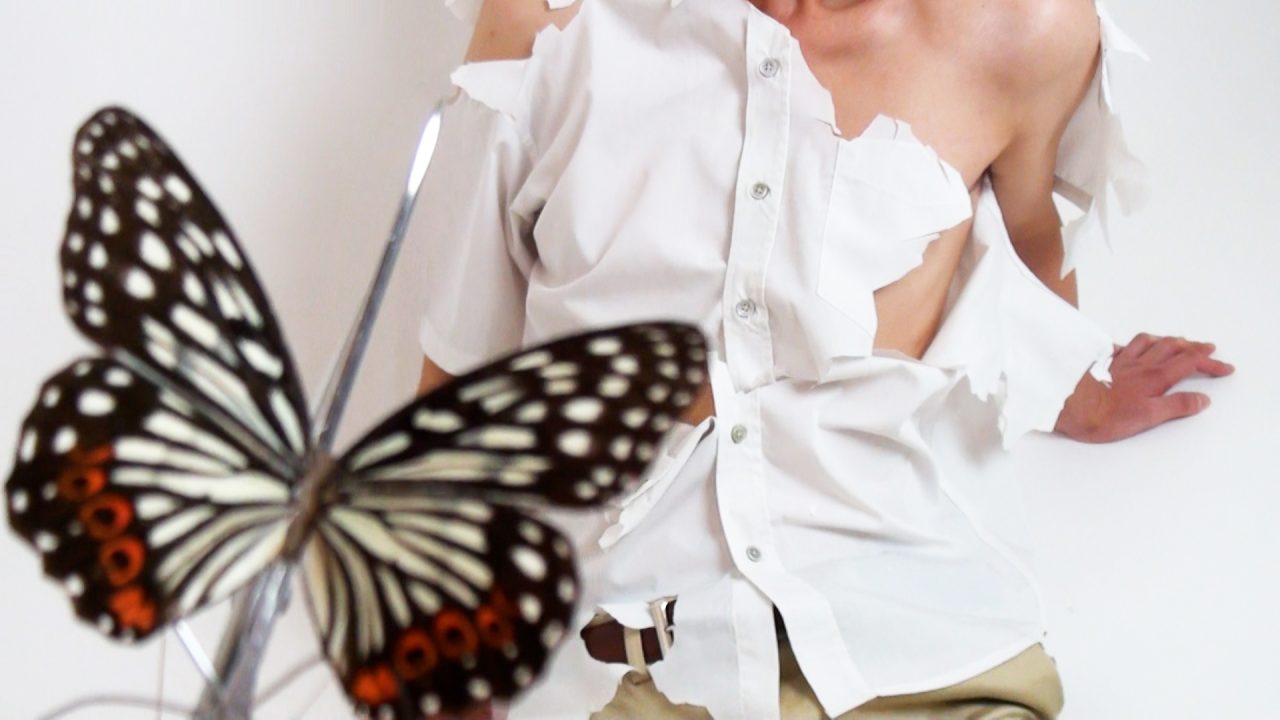
Fuyuhiko Takata, The Butterfly Dream, 2022, single channel video with sound, 4min.37sec.
© Fuyuhiko Takata, courtesy of the artist and WAITINGROOM
What do you do in your leisure time apart from creating?
I love to grow plants. I love carnivorous plants and have been growing them since childhood. I envy the environment in Hong Kong because it must be relatively easy to grow tropical plants there.
What are your aspirations and goals for the future?
I would like to have more opportunities to present my work in the international scene. In that sense, I am very much looking forward to seeing what kind of encounters I will have at this year’s Art Basel Hong Kong. I also want to challenge the extensibility of my work by getting more opportunities in the international scene.
Can you share a message with the young artists in Hong Kong?
I am very interested in what kind of work the young generation of Hong Kong artists are creating. I would like to work with them!
Translated by Alyanna Raissa J. Payos
Editor
Peggie KeiCredit
Lead image: © Fuyuhiko Takata, courtesy of the artist and WAITINGROOM
